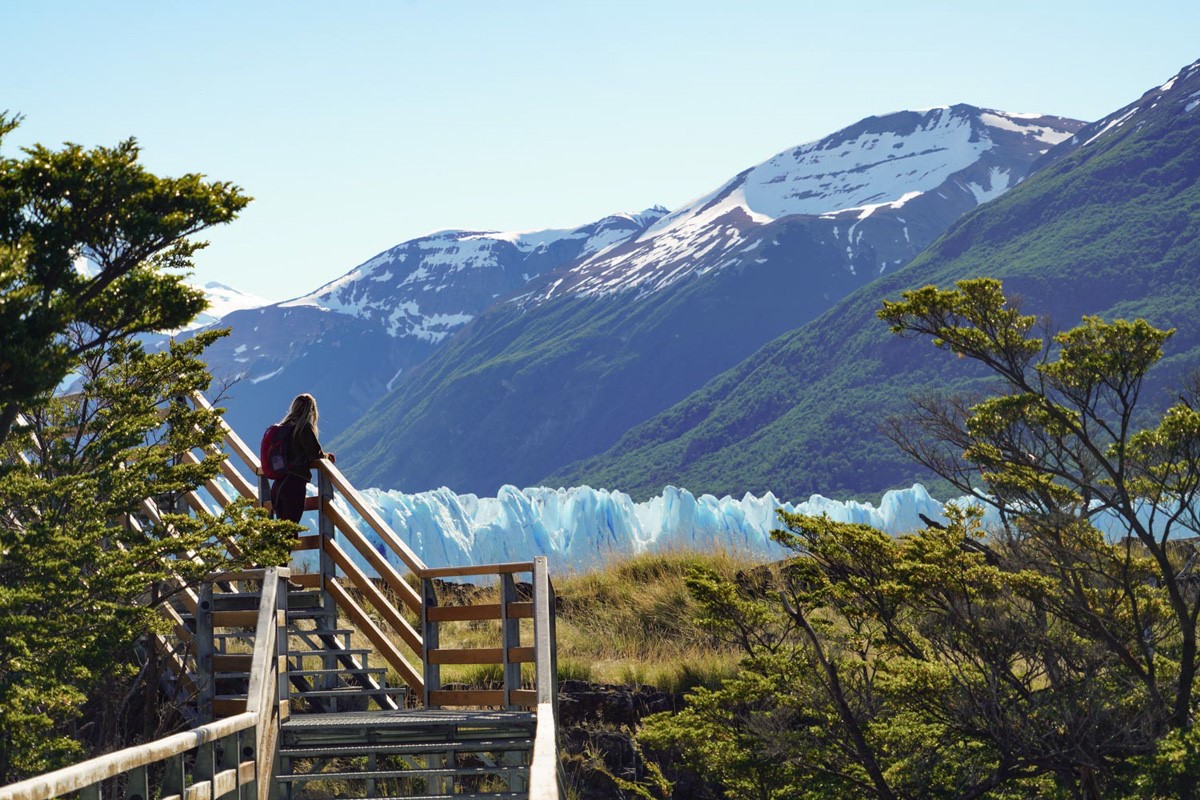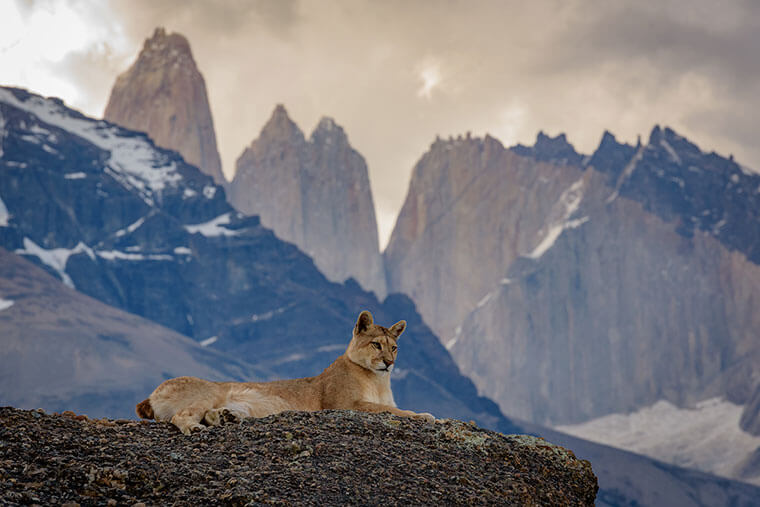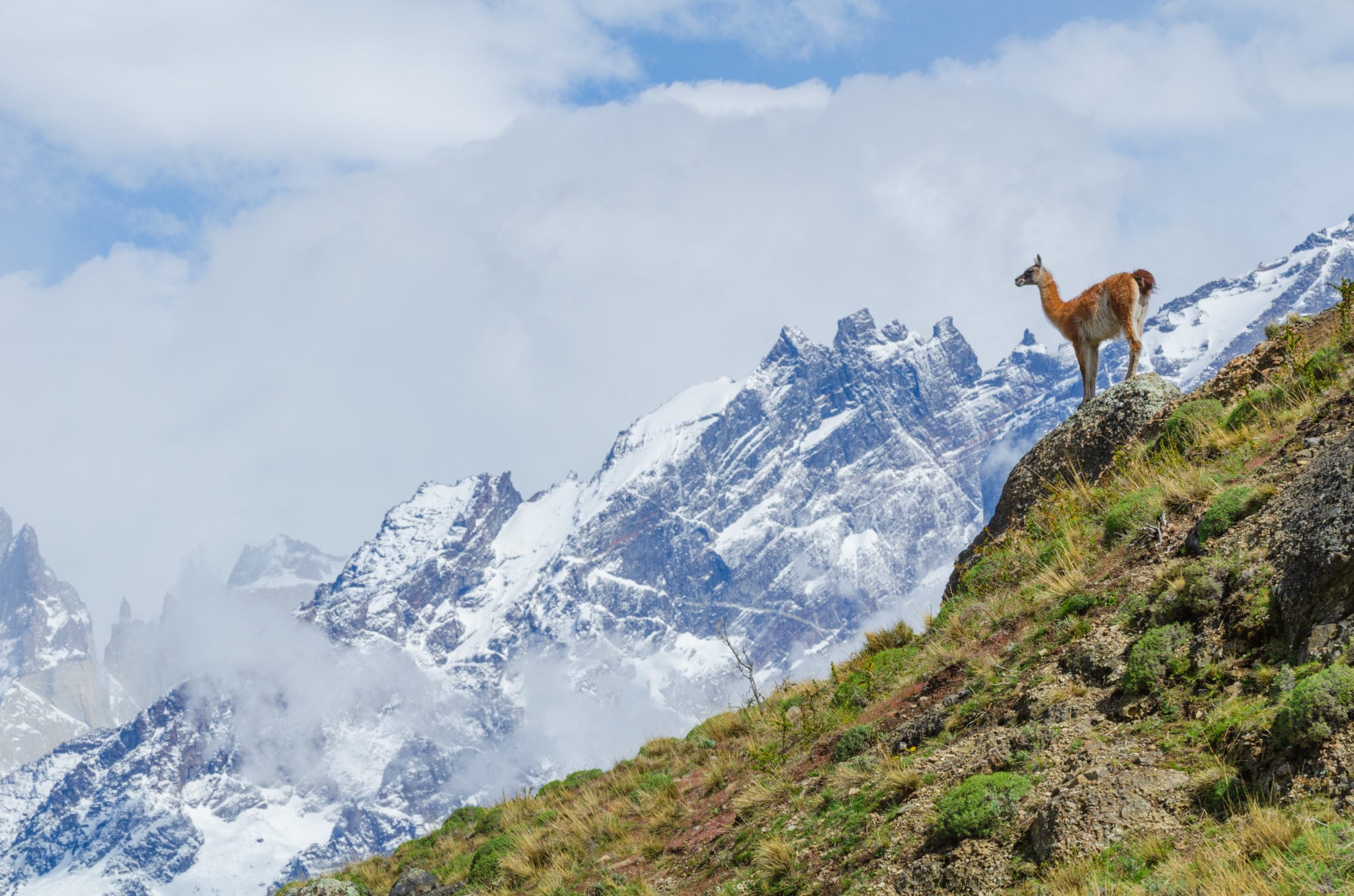Patagonia ranks high on many bucket lists, and for good reason. Its stunning landscapes and distinctive wildlife are truly remarkable, but the thrill of scaling its peaks is transformative. Though most travelers venture to this region in the summer, here’s why the fall (March to May) is the prime season to experience this extraordinary destination.
Views
Patagonia is breathtakingly beautiful throughout the year. Its rugged, snow-topped mountains define the skyline, with freshwater streams and rivers cascading down the slopes. Wild forests blanket northern Patagonia, while glaciers reign in the south. However, the vibrant autumn hues elevate the scenery to a whole new level. The brilliant oranges, reds, and yellows contrast sharply with the grey rock of the Patagonian peaks, setting the landscape ablaze in a metaphorical sense. The lingering greens and the blues of the sky and lakes contribute to a natural beauty that deeply stirs the soul.
If that isn’t enough, witnessing the sunrise over Patagonia is the ideal way to greet the day in this stunning region. However, being on vacation means you might not want to wake up too early. One of the advantages of visiting in the autumn is that the sun rises later, making it easier to enjoy this breathtaking spectacle without an early wake-up call.
You can witness the sunrise between 7 a.m. at the start of March and 8:30 a.m. by the end of April. The best part? You’ll still have ample time and energy for hiking afterward.
Authentic wilderness
If you’re seeking to truly immerse yourself in the Patagonia wilderness, enjoying uninterrupted scenery and the sounds of nature, autumn is the ideal time to visit. Although Patagonia is rarely crowded due to its remote location, popular spots can still attract groups. For those wanting to escape the hustle of modern life or capture the perfect photo, autumn is the best season. Trails and attractions like El Chalten see far fewer visitors, allowing you to fully appreciate the views with only your chosen companions.
The smaller crowds in autumn also increase your chances of spotting wildlife. Pumas and other wild animals tend to hide from the numerous trekkers during the summer months, but they emerge when fewer people are around in autumn. So, keep your cameras ready for these rare sightings!
Lastly, and importantly, you will have a wider selection and better availability of accommodations. Hotels, hostels, and refuges fill up quickly during the summer season. By visiting in autumn, you won’t need to compromise on style or budget, allowing you to find the perfect place to rest.
Weather
Patagonia is known for its extreme and unpredictable weather year-round. However, autumn (and spring) offer more moderate conditions for visitors. While temperatures are indeed colder outside the peak season—averaging lows of 37-42°F (3-6°C) and highs of 51-58°F (11-14°C)—a few extra layers will make it worthwhile. The absence of the infamous summer winds makes activities like trekking and kayaking more feasible and enjoyable. Additionally, the calmer winds allow the mountains to reflect beautifully in the lakes, creating picture-perfect landscapes.
So, will we see you in the fall? Talk to one of our advisers today to book your Patagonian trip of a lifetime!





